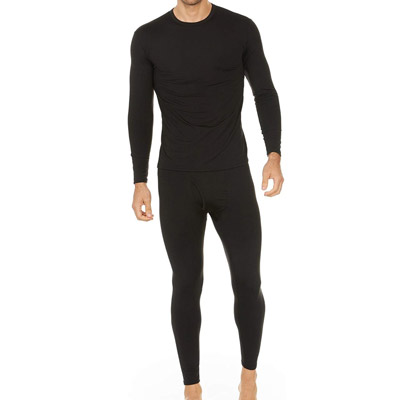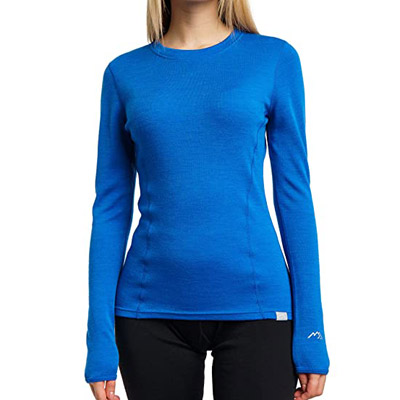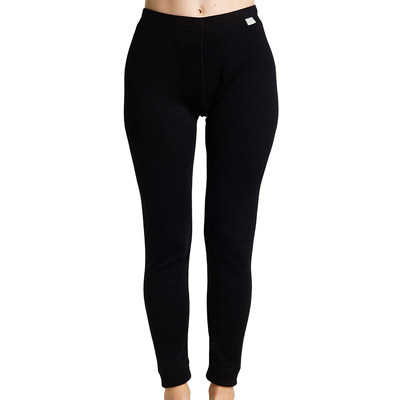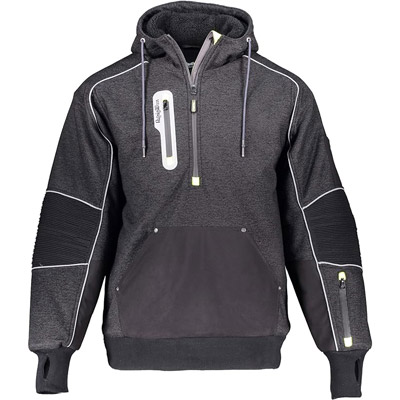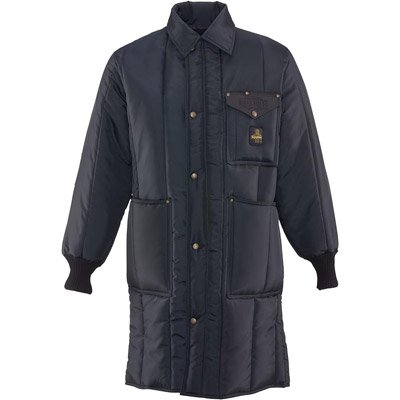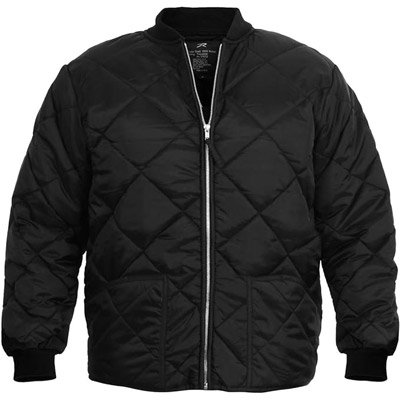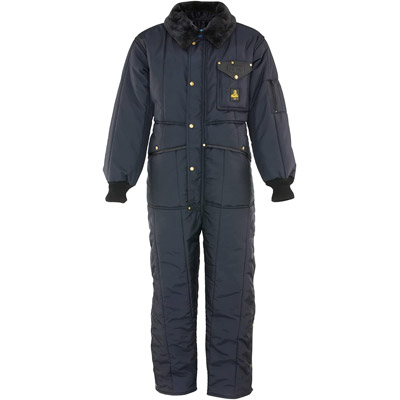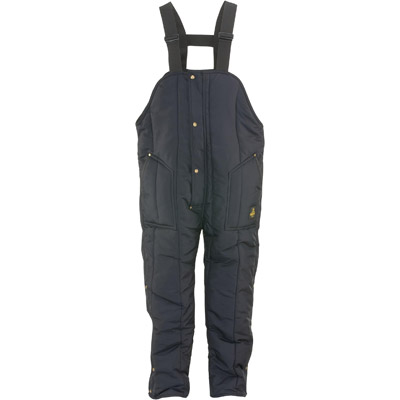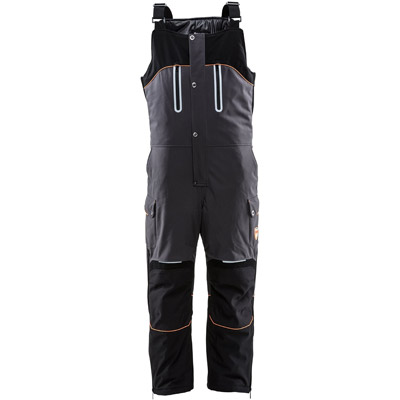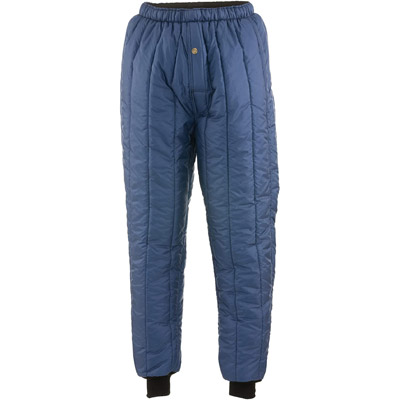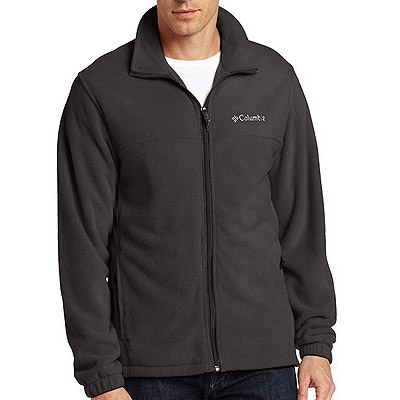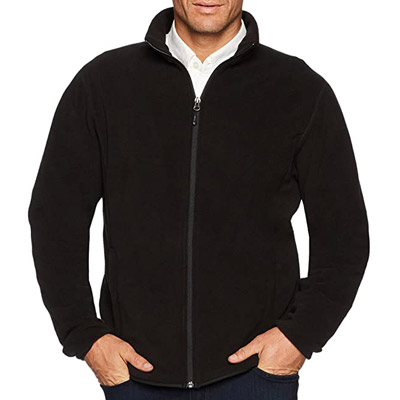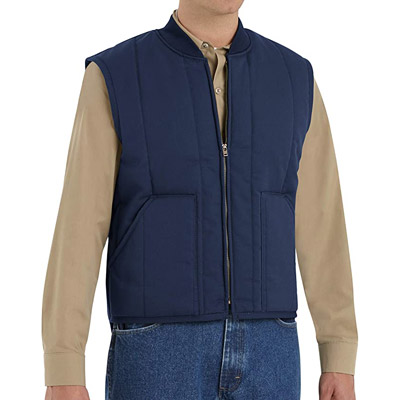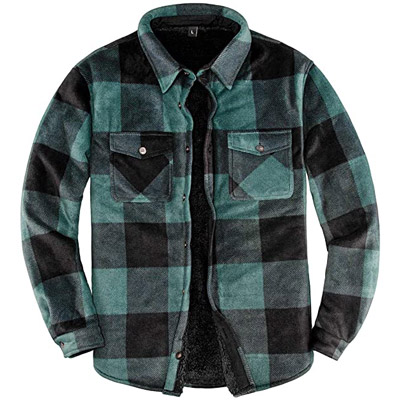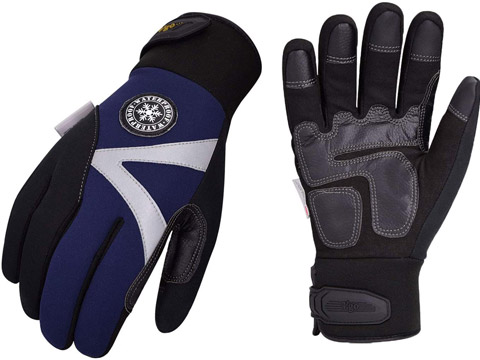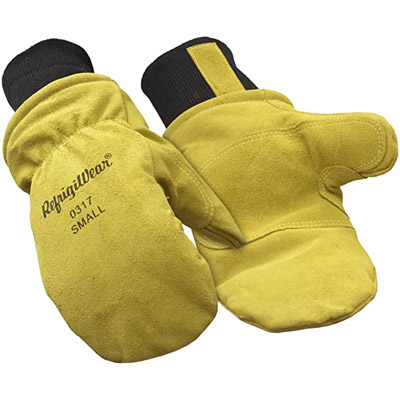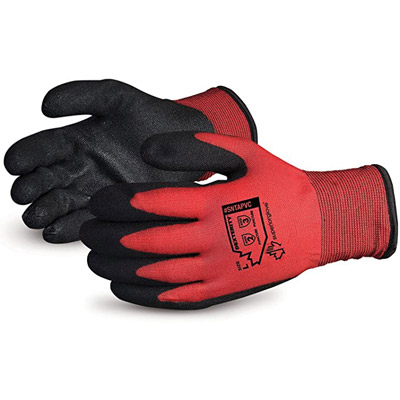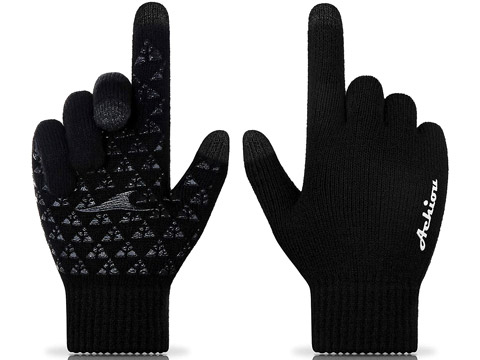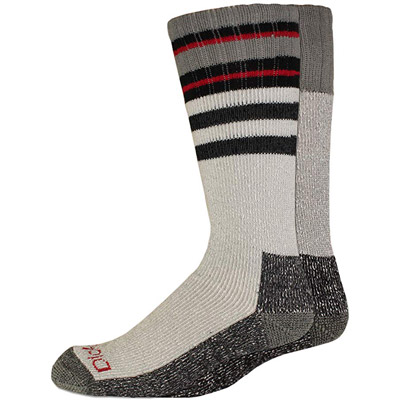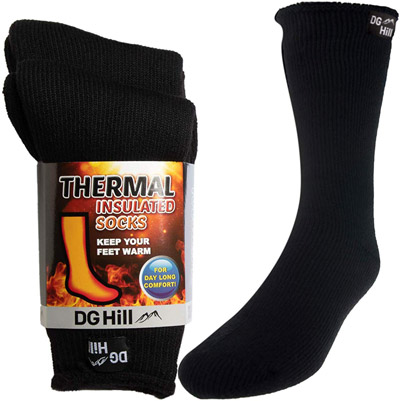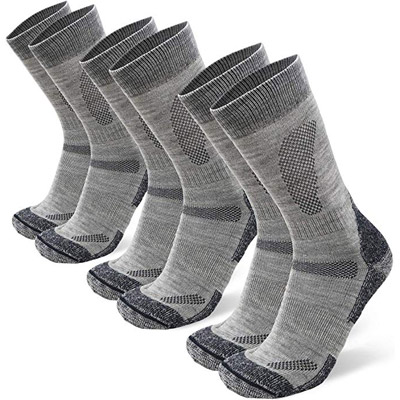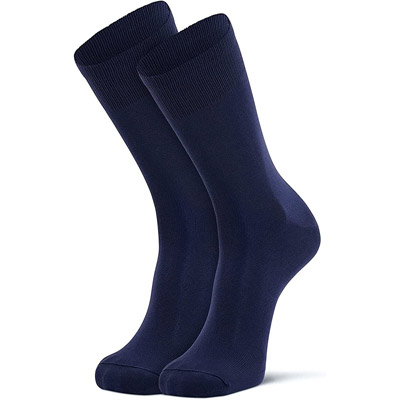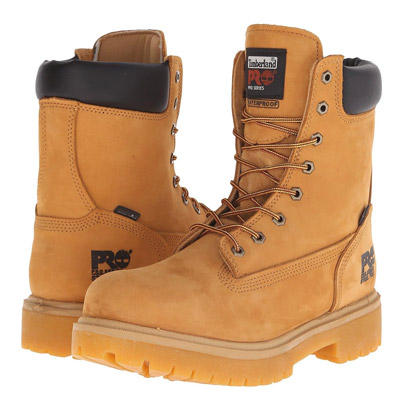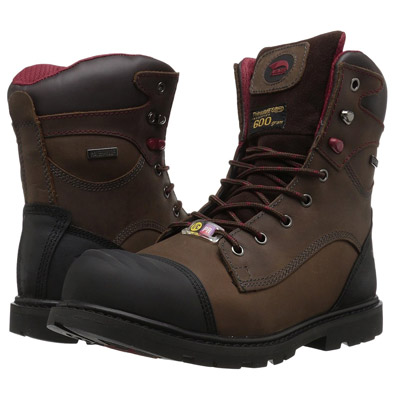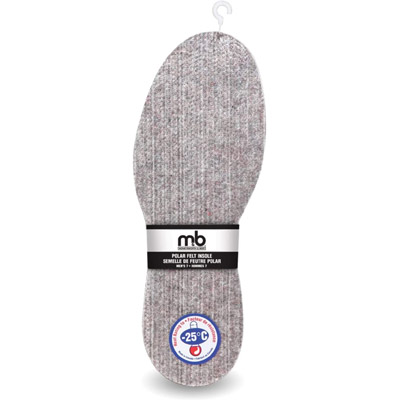Refrigerator and Freezer, Cold Store Clothing
The principles of keeping warm in an extremely cold indoor environment are the same as outdoors. The main difference is that conditions aren't going to change through the day, so flexibility is less important.
-
Insulation to keep warm is the obvious first priority.
-
Wicking away sweat is the less obvious second priority.
-
Durability is needed for a work environment.
-
Some flexibility is useful to dump excess heat from exertion.
Base Layers
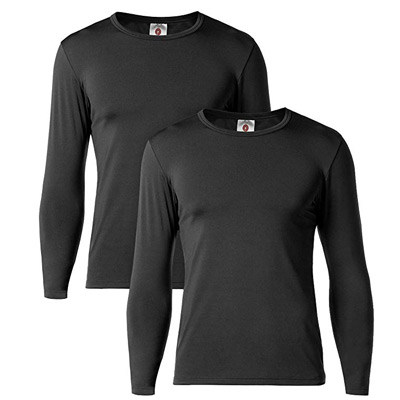
Men's - LAPASA Fleece Lined Long Sleeve Shirt | Women's, light mid or heavy weight, lots of colors
Getting rid of sweat is very important when dressing for a cold environment. A loss of moisture from your skin happens almost continually and is often not noticed as it passes through your clothes into the air. Thick insulating clothing can trap this moisture and it can build up becoming clammy and uncomfortable, even dangerous by reducing the insulating properties of your clothing. These effects are greater if you sweat more due to movement and work.
The answer is a base layer with good insulation properties that will also wick sweat away quickly and effectively. Some synthetics and merino wool are the best materials here, avoid cotton. Cotton is the worst choice for a base layer in cold conditions, not only does it not insulate well but it hangs on to moisture.
Merino Wool
- Really delivers on performance. Merino wool garments deliver
significant warmth with light weight and odor resistance, while
more expensive they are the gold standard here.
Men's
merino |
Women's
merino
Synthetics
- Commonly polyester and polypropylene and often given brand
names. Synthetics wick sweat away from the skin very effectively
and insulate well, they dry fast but aren't not so good
at being odor resistant, they may be treated to make them more
so.
Men's
synthetic |
Women's
synthetic
Outer Layer
Jackets, Pants,
Bibs, Coveralls, Overalls, Dungarees
Getting the biggest, warmest jacket you find isn't always the best thing to do. Separate jacket and pants work well but there is the possibility of exposure of the midriff during bending and stretching movements. Bibs or dungarees are higher to avoid this and that extra front and possibly back panel give valuable additional core insulation, they are also easily taken off again which helps when emerging into the warm sunshine! All-in-one coveralls give the best insulation if all other factors are the same and may be the best choice for less active jobs.
There isn't a single best answer for everyone and there are plenty of options to find what works best for you. These clothes are usually sized loose to give space for additional layers underneath.
Mid Layer/s
The most variable layer between the base and outer allows for additional finer tuning of the level of insulation for different jobs and to personal preference. It can also be the outer layer alone or with another insulating layer underneath, two (or three) thin layers can be warmer than one thicker one while being less bulky and more versatile with it. As with the base layer avoid cotton, heavy cotton sweatshirts might seem a good idea but they are less effective than fleece or synthetic padded insulation, they hang on to sweat and become clammy and less effective in the process.
Gloves
Gloves are a necessity. Mittens are always warmer than gloves if made of the same material though mean a lot less dexterity. If you need to be able to do fine operations with your hands a thin pair of gloves sometimes known as "liners" will enable you to do most things, they are widely available with a touch-screen finger tip so you can keep them on all the time even when using your phone. If it's very cold, a pair of over-mittens can go on top of the gloves when you've done what you need to with them so you don't need swap over. Fingerless gloves are available though I've never got on with these.
Glove liners, lightweight gloves | Winter work gloves
Socks
A pair of thicker wool or acrylic socks over the top of sock liners made from synthetic materials are ideal as the inner socks wick sweat away while the outer socks insulate. With good boots you won't need multiple pairs of socks. Avoid cotton, it is a poor material for cold weather it has low insulation and doesn't wick sweat away well.
Hats
A lot of heat is lost through the head and hats provide the highest amount of heat retention bang for the buck. I prefer synthetic materials over wool for hats for comfort and fit, less itchy and less likely to go out of shape. A clean, plain shape like a beanie is very effective and should reach over the ears, a hood can fit closely over the top. Balaclavas work well too, rolled up as a hat or pulled down to cover the face and neck with another hat on top for the coldest conditions.
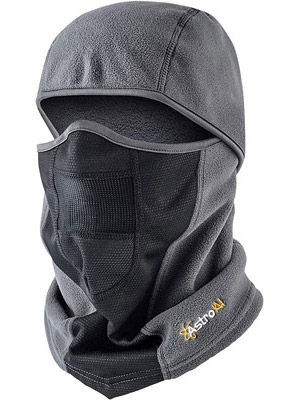 Wind-Resistant Full Face Balaclava
Wind-Resistant Full Face BalaclavaWear as a hat, balaclava or neck gaiter, a versatile garment for cold protection
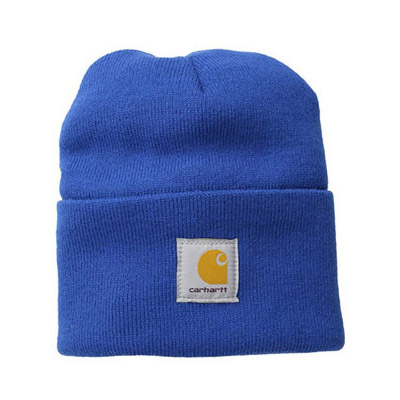
Acrylic hats
Lots of variety and generally inexpensive, thinsulate is a warmer material at a similar price though less hard wearing.
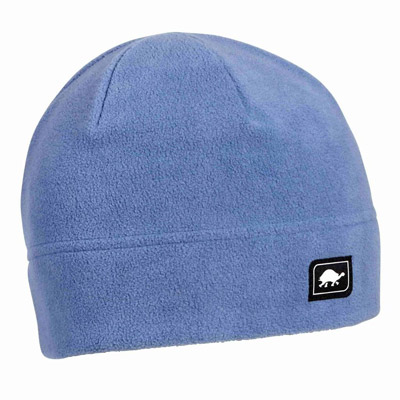
Active beanies and liners
Low profile for use during activity or to fit under a helmet.
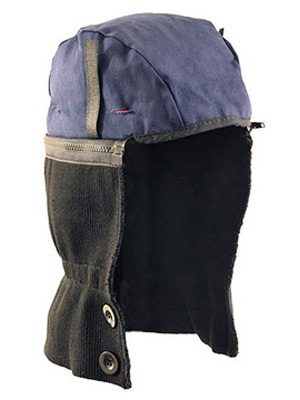 Helmet / hard hat liners
Helmet / hard hat linersAdd warmth to your safety head gear
Footwear
Boots are essential in cold conditions as they cover the ankles so reducing heat loss at a thinly insulated region. Thick insulated soles are as important as insulated uppers as a lot of heat can be lost through the only part of our body in contact with the frigid ground. Thermal insoles can be added to boots to boost the insulation from the ground. Leather is preferred as it is breathable, toe caps should be composite rather than steel which is much colder.
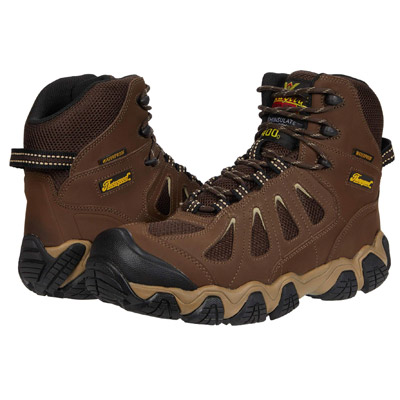
RefrigiWear PolarForce Max Leather Work Boots, -40°F Comfort Rating - Men's

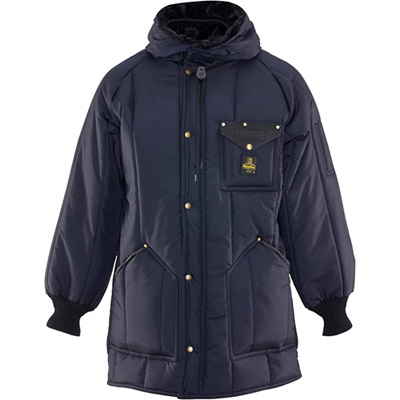 Insulated
coat rated -50F
Insulated
coat rated -50F